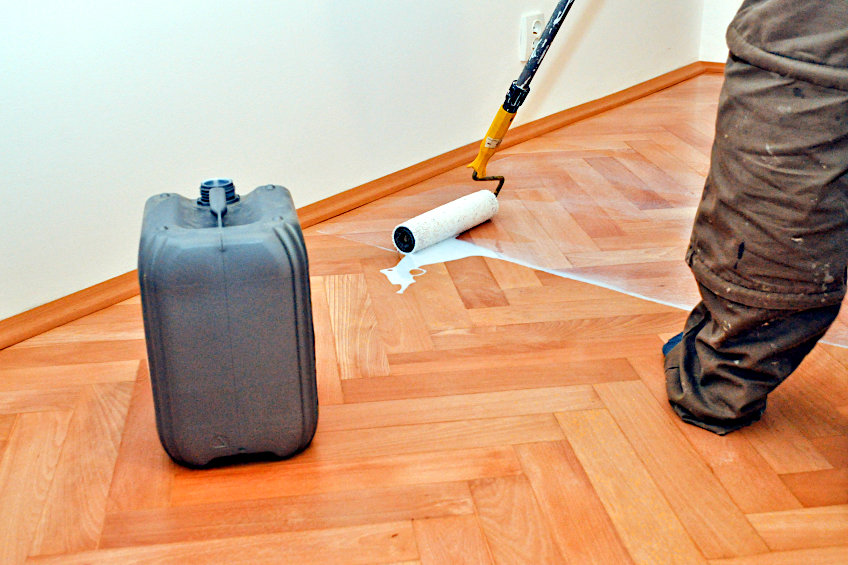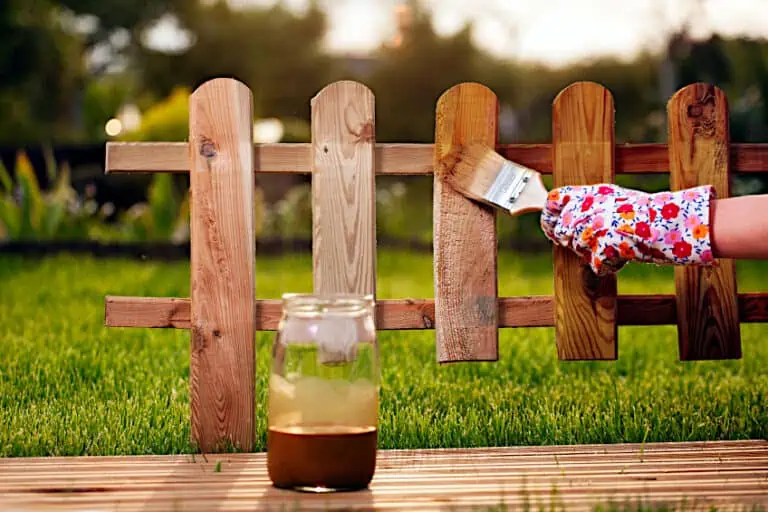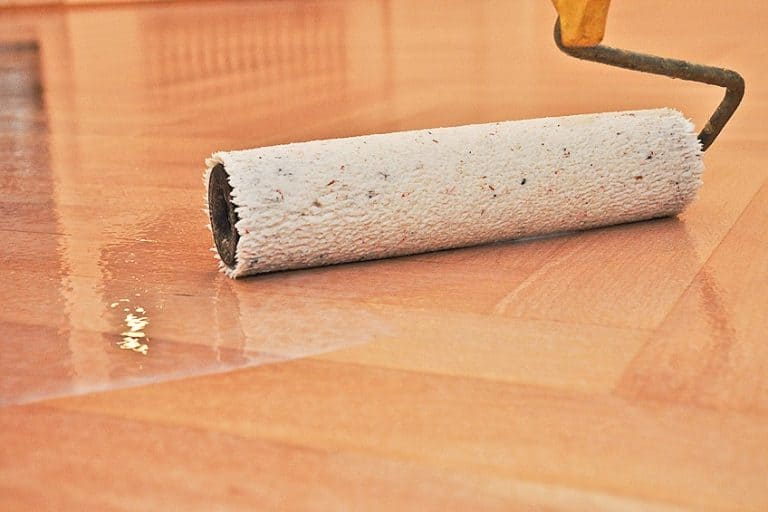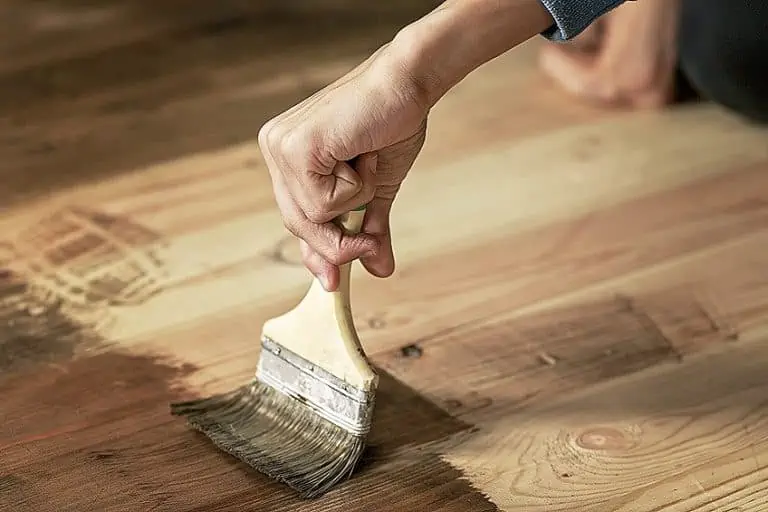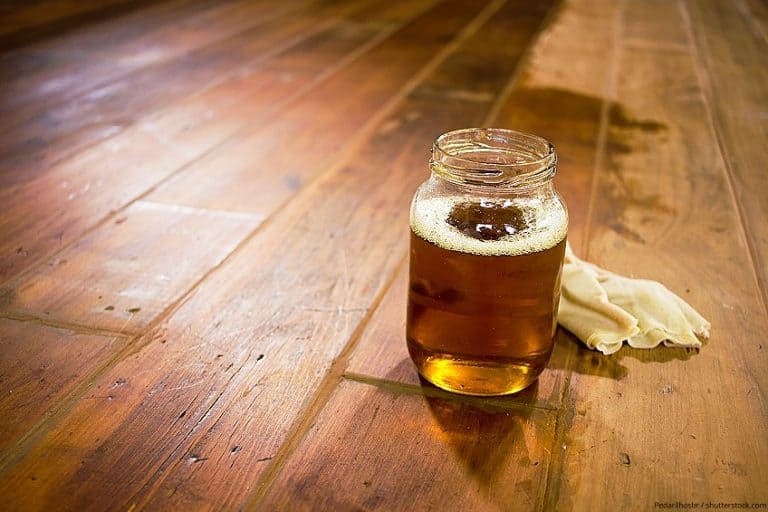How Long Should Stain Dry Before Polyurethane? – Sealing Wood Stain
Have your surfaces been subpar? We want to share the secret knowledge you need to raise the level. When it comes to woodworking, forgoing the sealer on your freshly treated wood is definitely going to be something you’ll regret later on. But this is not the end of the world, because if you are here right now, reading this, then you have already made the first step in finding out how to remedy any problems you may have encountered by leaving your stained wood without a sealer. Today’s tutorial is all about polyurethane sealants, but we will specifically talk about how long to let stain dry before poly, meaning how long you must wait between stain and poly applications. We will talk about what happens if you apply polyurethane before the stain is dry, as well as what happens if you apply polyurethane over a tacky stain. We will stop you from ruining all of your hard work by telling you how long stain takes to dry. Furthermore, we will then include the polyurethane stain dry time as well. If you are here to learn how long after stain is applied you can add poly sealers, then you have come to the right page.
Table of Contents
How Long Should Stain Dry Before Polyurethane?
Not all wood stains are designed the same way, which means that they will have different lengths of polyurethane stain dry time. Learning how long to let stain dry before poly wood sealers can be applied starts with learning about the different types of wood stains and their drying times, and not just the polyurethane stain dry time. We’ve put up a list of some of the numerous types of wood stains that you may use. This way you can see just how long after stain is applied you can add poly, depending on each stain.
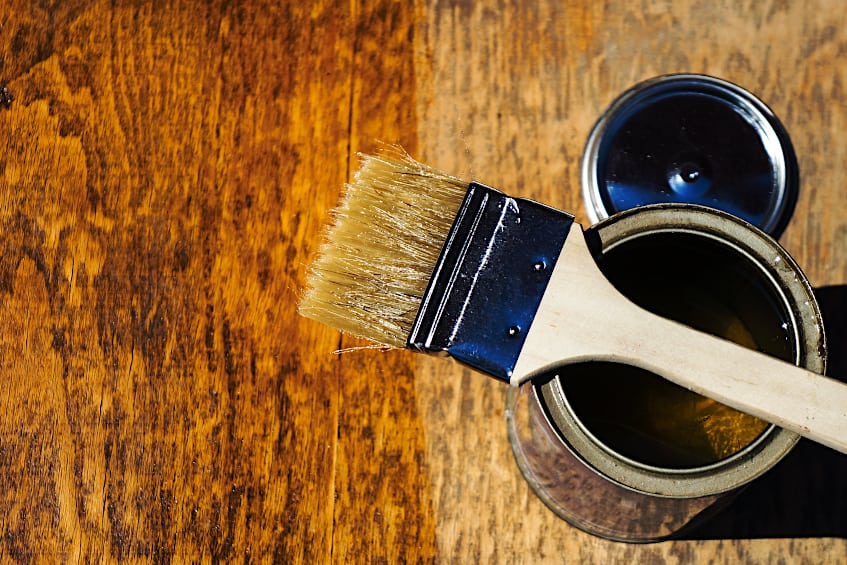
Oil-Based Wood Stain
The drying time for oil-based stains is considerably longer than the drying time for other types of wood stains. In the case of oil-based stains, this is since they tend to absorb deeply into the porous surface of the wood and form a bond with its fibers due to its thick consistency in comparison to the water-based counterpart.
It may take anywhere between six and 24 hours for an oil-based stain to completely dry, but this depends on the climate conditions that you are working in. As a result, you may have to wait a long period before your polyurethane coating can be applied if conditions are not favorable. Oil-based stains can take up to 48 hours to dry fully in less desirable climates like humid ones, or cold and wet climates.
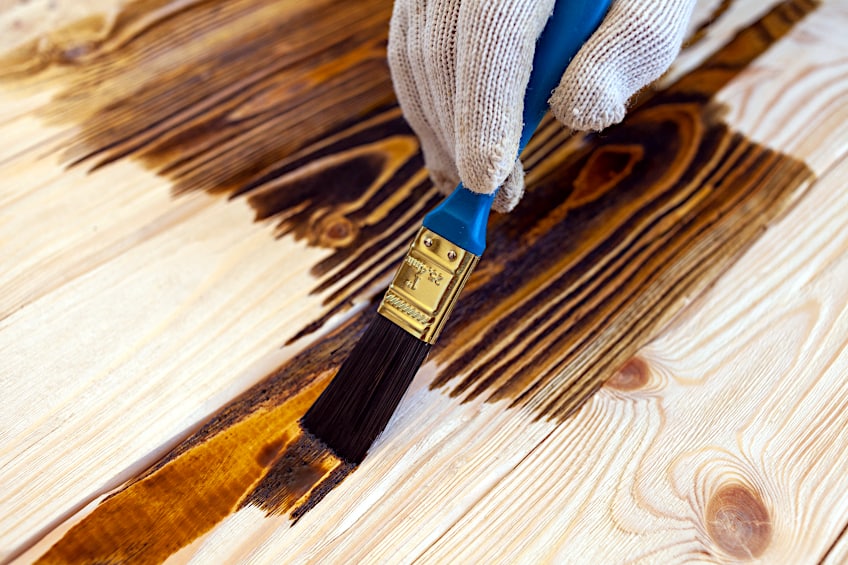
Not all products are alike, this is obvious when you look at the prices. This is also obvious when it comes to reading reviews online that people have left from their own experiences. This means that some oil-based stains will not be as effective as the higher-quality stains made by reputable brands. The higher the quality of the polyurethane stain, the less time you will wait for it to dry, and vice versa.
Water-Based Wood Stain
Water-based stains might seem like a foreign concept for most professionals, who have opted for the oil-based version above all for many years. But water-based stains are a more affordable option that have started becoming the popular choice.
Water-based stains may have traces of latex in them and are sometimes advertised as latex wood stains, so it would be recommended to anyone with any allergies to latex. When comparing oil-based wood stains with water-based wood stains, the latter has a lower viscosity and is therefore much simpler to work with.
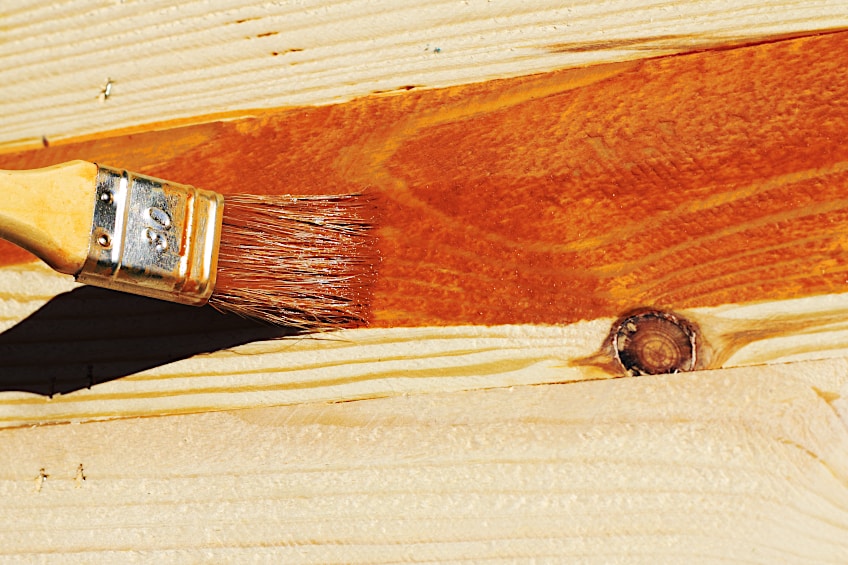
Water-based stains are not only easier to clean, but they also dry faster than oil-based stains, making them an excellent choice for tasks that require a quick turnaround.
Because water-based wood stains contain far less volatile organic chemicals than oil-based wood stains, they are also better for the environment. Water-based wood stains only take an hour or two to cure fully under optimum conditions, making them perfect for both DIY fans and professional crafters.
Gel-Based Wood Stain
Another newcomer to the wood stain industry is gel-based wood stain. Gel-stain is unlike most other wood stains on the market, and it has a number of distinct characteristics. Most wood stains are categorized as wood treatments because they penetrate below the surface of the wood and link with its fibers. Gel-based wood stains are unique as they stay on the surface of the wood and act as a form of insulation. This can assist in preventing the degradation of the wood by external pressures. While gel-based wood stain is more of a surface layer than a wood treatment, it is nonetheless referred to as a wood stain since it alters the color and texture of the wood.
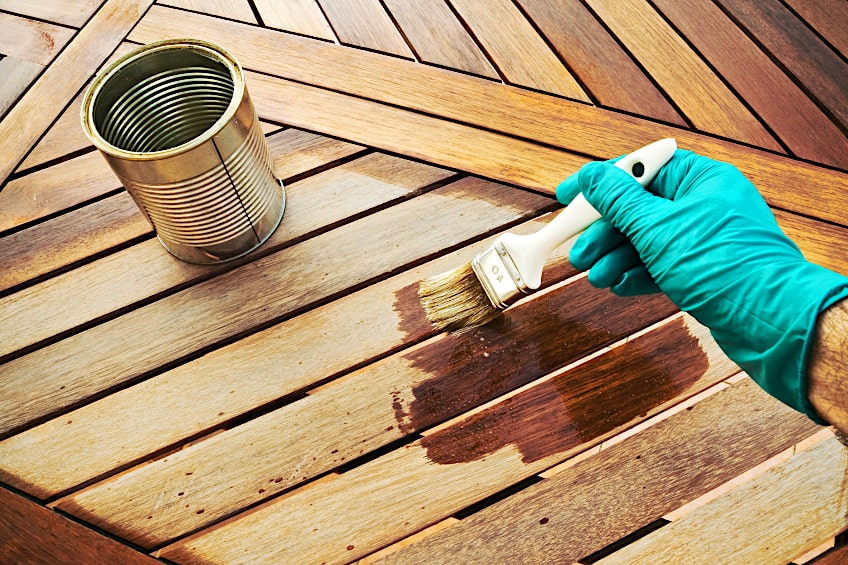
Gel-stain is well-known for its ability to conceal any existing stains on wood, including food stains, water stains, prior wood treatments, and so on. Another feature of gel-based wood stain that appears to be unique is its thick consistency, which makes it suitable for coloring vertical surfaces or surfaces with less surface friction.
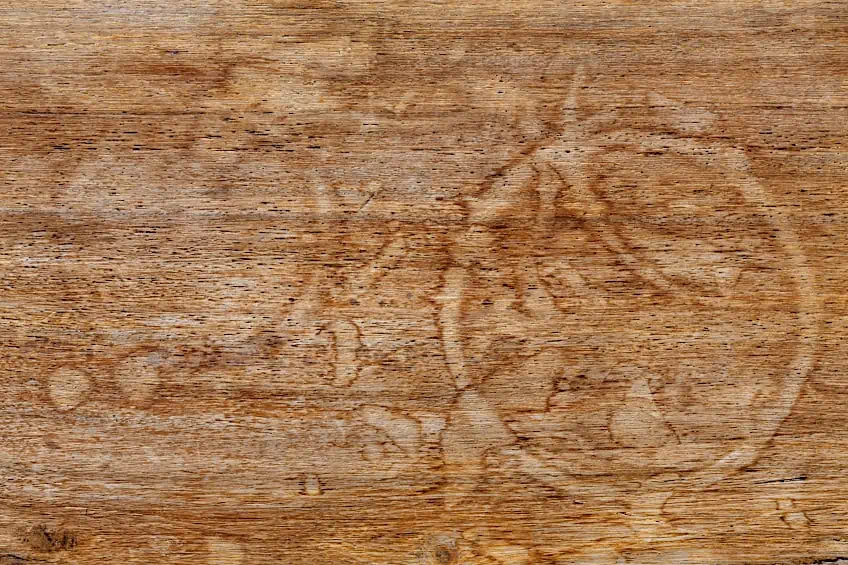
While gel-based stain may sound a bit like paint, it is different, as it really allows the grain and texture of your board to remain visible on the wood’s surface. If you want the fastest option, we don’t recommend using gel-based wood stains since it takes a minimum of eight hours to dry, and can take as long as 24 hours to fully cure, depending on the amount applied to your workpiece and the ambient conditions.
Lacquer Wood Stain
Lacquer is most similar in appearance to oil-based wood stains. When compared to water-based and gel-based stains, they were both the original (if you could say that) wood treatments that were used before the other, more affordable ones came along. Lacquer has been around for a long time and performs an excellent job of both improving the board’s visual appeal and preserving it from the elements.
Lacquer, like oil-based stains, is waterproof and appears almost translucent. This wood treatment is often seen on top of the range furniture and is designed to endure the lifespan of the piece. Although lacquer wood stain promises efficiency, and it will fulfill the promise, it is not the best for the environment, in terms of its production, so more professionals opted for the newer versions which were kinder to our planet, not to mention more affordable.
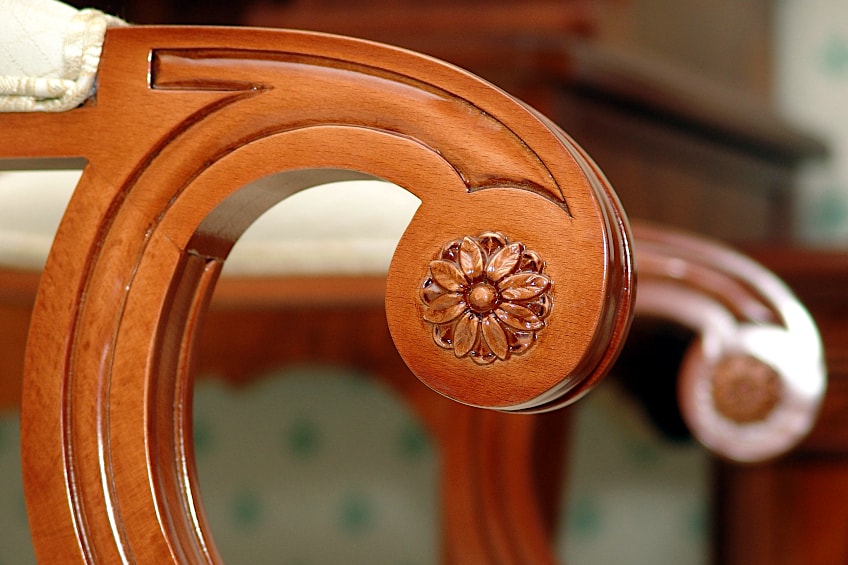
Lacquer may cause considerable harm if breathed in or if it comes into touch with your skin, despite the fact that it does not contain an excessive number of VOCs. To complicate things further, it can only be applied using a spray gun. As a result, dealing with lacquer (as well as making it) can be dangerous.
Despite this, it still gives a lovely finish that truly sets your workpiece apart from the others, and because it just takes five to ten minutes to dry completely, you can use it for all of those jobs that have a tight deadline. This wood treatment does not require the use of a sealer because it seals itself beautifully, but a polyurethane coating is not a terrible idea if you are in the mood.
| Wood Stain | Drying Time |
| Gel-Based Wood Stain | 8-24 Hours |
| Oil-Based Wood Stain | 6-24 Hours |
| Water-Based Wood Stain | 1-2 Hours |
| Lacquer Wood Stain | 5-10 Minutes |
Ways To Speed Up the Drying Time of Wood Stain
So, how long after stain is applied can you add poly? Regardless of the sort of wood stain you choose, if the conditions in your workstation are not optimal, it will either take longer than planned or take precisely as long as it should. In all honesty, is this really such a dismal situation? Maybe, but you have the ability to change your working circumstances to make them as friendly to the drying of your wood stain as feasible. We have listed a few of our top tips to speed up the drying time of wood stain below.

Ensure That Your Wood Has Been Sanded Correctly
We have discussed the different dry durations of wood stains based on their base ingredient, now we need to consider the condition of the wood. Wood that has not been sanded properly or the prior wood treatment is still visible on the surface of your board, will take a longer time for the stain to cure.
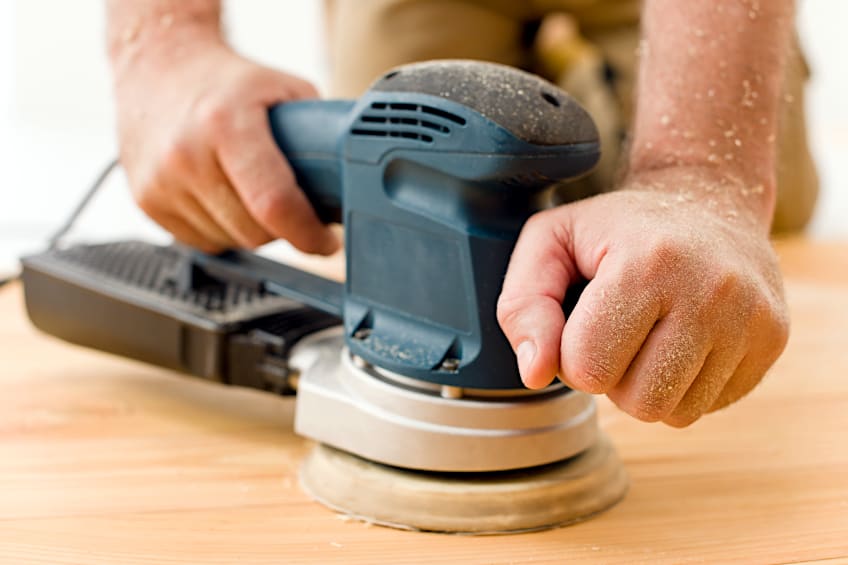
How will you know if your workpiece has not been sanded correctly? There will be uneven blobs of stain on the surface of your wood. To fix this eyesore you will have to remove, re-sand, and re-stain, on top of this you will need to wait longer for it to cure. For your own benefit, make sure you sand your workpiece correctly, and you will be able to finish a lot faster.
Create the Perfect Ambient Conditions for Your Workpiece
There are many factors that affect how long stain takes to dry. It is not only about the workpiece and how it was prepared for the staining, when it comes to speeding up the drying process; you need also consider the airflow and temperature of the climate you are living in.

If the temperature in your workstation is too hot or cold, it may cause your wood stain to take longer to dry or even prevent it from curing entirely. What happens if you apply polyurethane before the stain is dry? Because the two chemicals will definitely mix, you will either have to toss out the item you are working with, or you will have to start all over again.
Use Compatible Substances or Artificial Temperature Control
Controlling the temperature of your workpiece might assist speed up the drying time of your wood stain. The best ways to achieve this are by using a hairdryer, oven, heat gun, or the sun to raise the temperature of your workpiece and remove most of the humidity in the air.

You can speed up the stain’s drying time by using substances that are compatible with the wood stain, such as alcohol or ones that have the same base element as the wood stain. Other options include running a dehumidifier in a closed area, ensuring you have good ventilation in your workpiece, or simply finding something to keep yourself occupied with (if you do not have access to any of the above-listed methods).
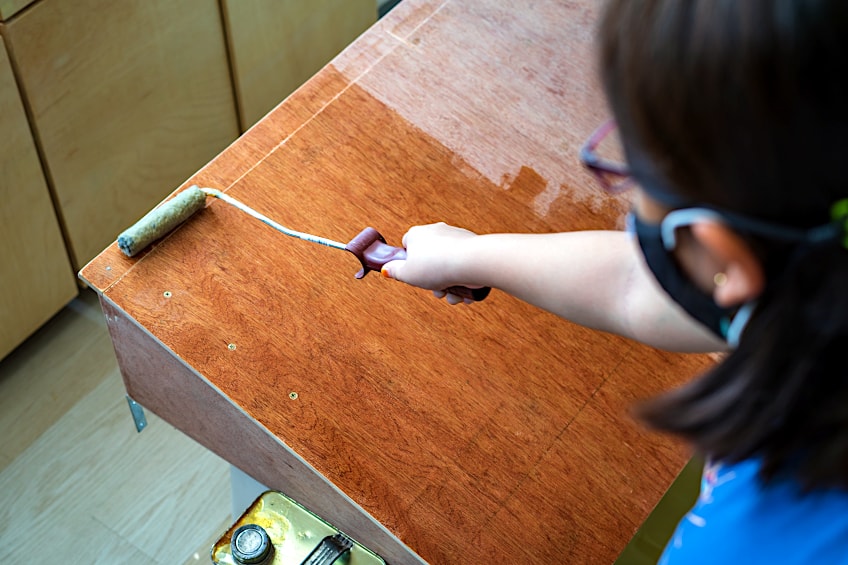
What Will Happen if Polyurethane Is Applied Too Early?
What happens if you apply polyurethane before the stain is dry? As we previously stated, applying polyurethane over tacky stain is a terrible idea in general. Why? In their wet forms, polyurethane and wood stain are not compatible when they are wet, but they make each other strong when the polyurethane is applied over dry stain. Waiting for the wood stain to cure can be a tiresome task, but if you do not wait and apply polyurethane to the sticky stain, your entire project will be ruined as neither the wood stain nor the polyurethane layer will dry.
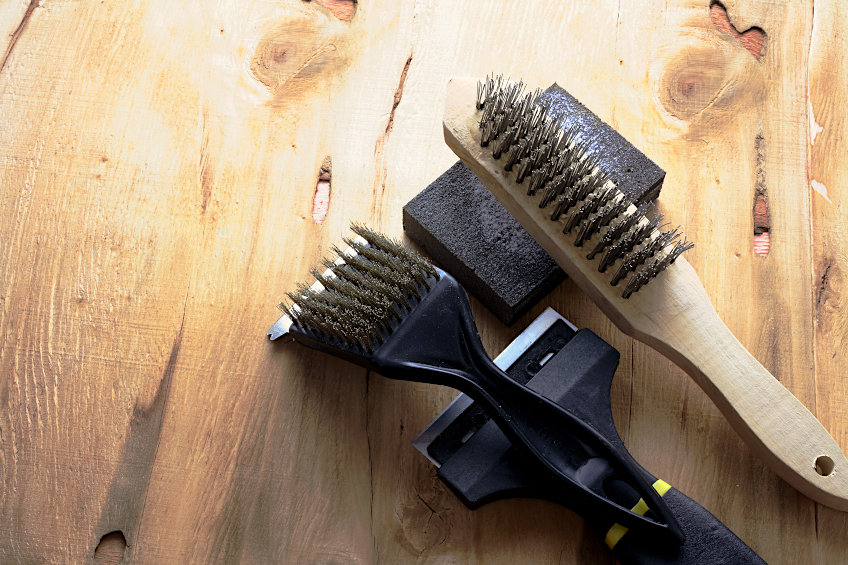
If you apply polyurethane over stain too early, you have effectively rendered something that would have taken a reasonable amount of time to accomplish absolutely unsalvageable. If you have experienced the misfortune of putting your polyurethane over a tacky stain, there is still hope. Firstly, you will need to sand the workpiece’s surface, then stain it again, wait for the stain to fully cure, and finally, apply your polyurethane sealer again.
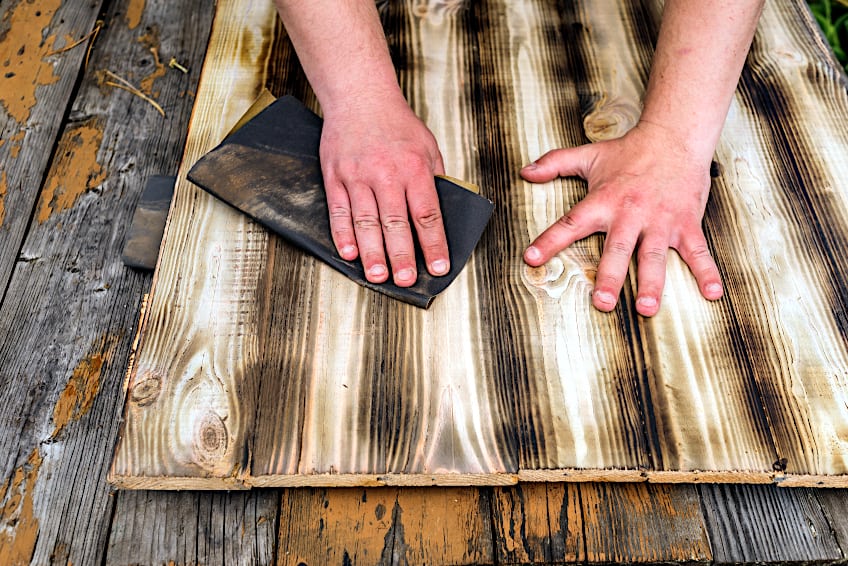
How Do You Know if Your Wood Stain Is Dry?
Polyurethane stain dry time varies depending on the wood, and if you are new to dealing with wood stain. It is by far the easiest to assess if a water-based stain has dried completely. After the manufacturer’s suggested drying time has expired, the water-based stain will simply be entirely dry to the touch; if you have any questions, merely touch an inconspicuous section of the workpiece.

Although oil-based stains take longer to dry, there are two ways that you can use to work out they are totally dry. The first indication is that the stain stops smelling; the second will be when the stain is no longer sticky when you touch it. When it comes to determining if a gel-based stain has dried properly, it can be a bit less predictable.
Because gel-based stains are stickier than oil- or water-based stains, the easiest method to tell if they have dried is to scratch them off. If your gel stain has grown really sticky, this is a good indication that it is about to dry. This indicates that your stain is almost done, but if the texture is still mushy, it is possible that your workpiece, workspace, or stain has to be altered.
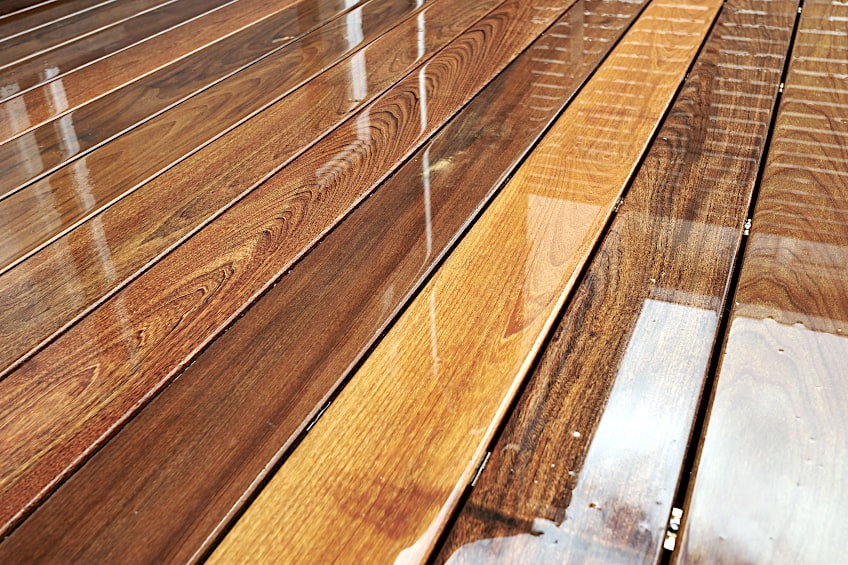
You should not have much trouble determining whether or not the lacquer has dried because it is so fast you might think it has instant-drying properties. Lacquer stain has a tendency to evaporate into the wood fibers, making it ideal for work that must be completed quickly. Once cured, lacquer has a unique odor that tends to blend in with the natural perfume of the wood, and it leaves a shiny sheen that notifies you that it is totally dry.
What Are Metalized Dye Stains?
Looking for something a little different? Are you having trouble finding a wood stain that matches your exact needs? Well, this last alternative may be the perfect fit for you, and it is not varnish! This one is an original; it dates back to the 1950s and has been used to produce long-lasting finishes.
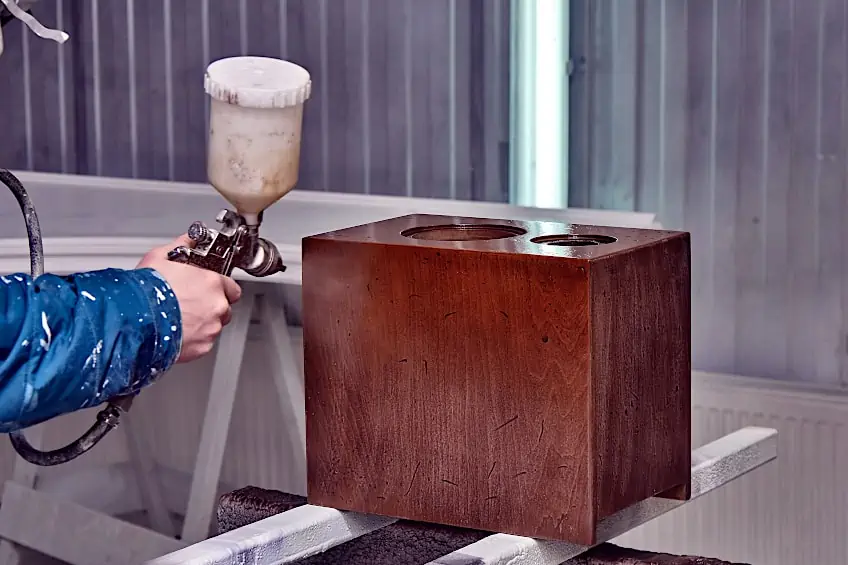
Metalized dye stain, is a type of wood treatment, often known as grain-raising wood stain. When it is applied to a wood board, it enhances the grain of the wood on the surface of the board, creating a visual masterpiece..
Metalized dye stain not only distinguishes your work from the others, but it also enhances the natural color of the wood. Having said that, why don’t we hear about a wood stain capable of performing all of this more often? Well, like most things from the 1950s, they are not particularly environmentally friendly, and the look they generate has just fallen out of favor.
It seems textured wood finishes featuring raised grains are coming back into fashion. If you want to achieve the look of a metalized dye stain using modern materials, then check out the video below.
View our How Long Should Stain Dry Before Applying Polyurethane web story here.
Frequently Asked Questions
How Long Must You Wait Between Stain and Poly?
Because there are many different sorts of stains, the length of time it takes for a stain to dry is totally dependent on the type of stain in question. As a general rule, stains take roughly one day to cure, thus the drying window should be between 12 and 24 hours. If in doubt, it is best to wait as long as possible.
How Long After Stain is Applied Can You Add Poly?
When it comes to how long you should let the stain dry before using polyurethane as a sealer, the recommended time frame is 24 hours. This will give it ample time to cure, but you may need to wait a little longer if you live in a humid area.
What is the Optimal Polyurethane Stain Dry Time?
Each brand is made differently, and there are several varieties of polyurethane to choose from. You’ll have to wait around eight hours for the oil-based polyurethane to dry, whereas you only need to wait as little as two hours when using a water-based polyurethane. In general, most polyurethane stains take roughly 24 hours to cure completely.
How Long Should I Wait Between Staining and Polyurethane Coating?
We recommend waiting at least 12 hours for the stain to cure before applying poly sealers to the wood’s surface, but you may have to wait up to 24 hours. The longer you wait, the better, never rush by applying polyurethane over tacky stain.

I have been into woodworking since 2005 and woodturning since 2011. Because of my love for wood and woodworking, I started woodhappen.com to teach other enthusiasts about how to finish and seal wood, the best woodworking tools, the different types of wood, and everything else related to woodworking! Read more about me here.

